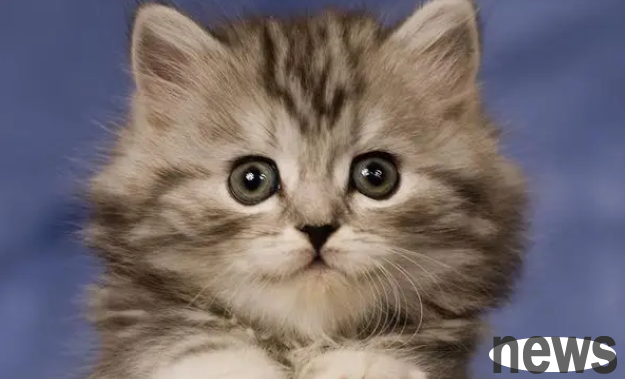01【Definition】
Cat acne is a disease of keratosis and glandular hyperplasia, and is common in cats.
02 [Cause of the disease]
1. The direct cause is still unclear.
2. It is generally believed that it is associated with the gross cycle and occurs during the rest period. Between the rest period and the rebirth period, sebaceous gland secretions, keratin and its keratinized scales form embolization in the hair follicles and blisterize.
3. Cats have the habit of using forelimbs to clean their faces, but they cannot clean the vicinity of the jaw well. Food residues, sebum and dirt on the surface of the skin can cause blistering in the area.
4. It has been reported that sexual hormone imbalance, especially the increase in androgen, can induce acne.
03【Clinical Symptoms】

Asymptomatic acne (blackhead) is formed at the chin, lower lip and upper lip (occasionally). If secondary bacterial infection at the injury occurs, papules and pustules can form, and very few of them will develop into furuncles and cellulitis. Infected skin in severe cases can become edema, thickened, cysts and scarred.
04 [Main Differential Diagnosis]
Demodex, Dermatophyte, Malassezi dermatitis, and eosinophilic granuloma (if edema).
05 [Diagnosis]
1. Other diseases are usually excluded based on medical history and clinical symptoms.
2. Skin histopathology: keratosis, blockage and dilation of hair follicles. If secondary bacterial infection is present, peri-folliculitis, folliculitis, furuncles or cellulitis can be seen.
06【Treatment and Prognosis】

1. Use appropriate systemic antibiotics to treat secondary bacterial infection for at least 2 to 3 weeks. Fluconazole was used to treat Malassezia infection for 30 days.
2. Cut off the hair in the lesions, warm water and hot compress, use human alcohol-free acne patch or use benzoyl peroxide, sulfur salicylic acid or ethyl lactate shampoo for cleaning, 1 to 2 days/time until recovery. The chin is usually cleaned frequently (2~3 days/time) to prevent recurrence.
3. In addition, topical medications may be effective, and they may be used once every 1 to 3 days or as needed. The medications include:
1) mupirocin ointment or cream.
2) 2.5% benzoyl peroxide gel (note: may be irritating to some cats).
3) 0.75% metronidazole gel.
4. Systemic use of vitamin A may be effective in refractory cases.
The prognosis is good, but lifelong symptomatic treatment is required to control symptoms. This disease is just a matter of aesthetics and will not affect the quality of life of animals unless it is secondary infection.